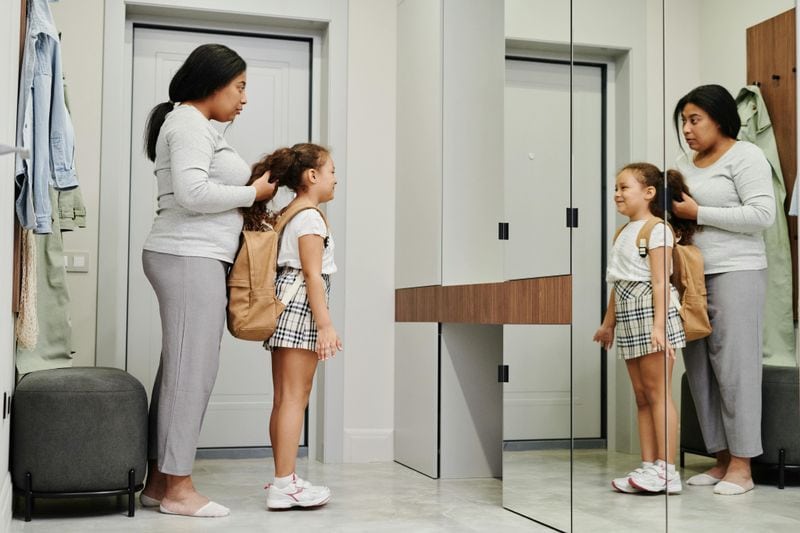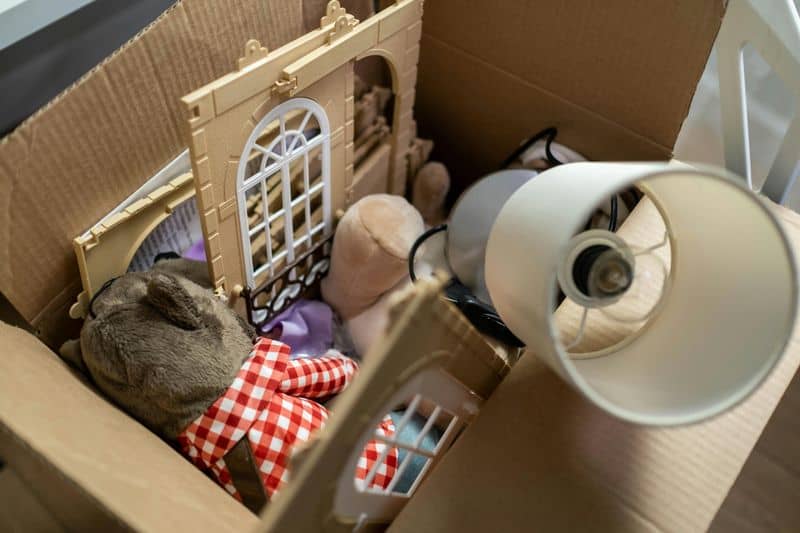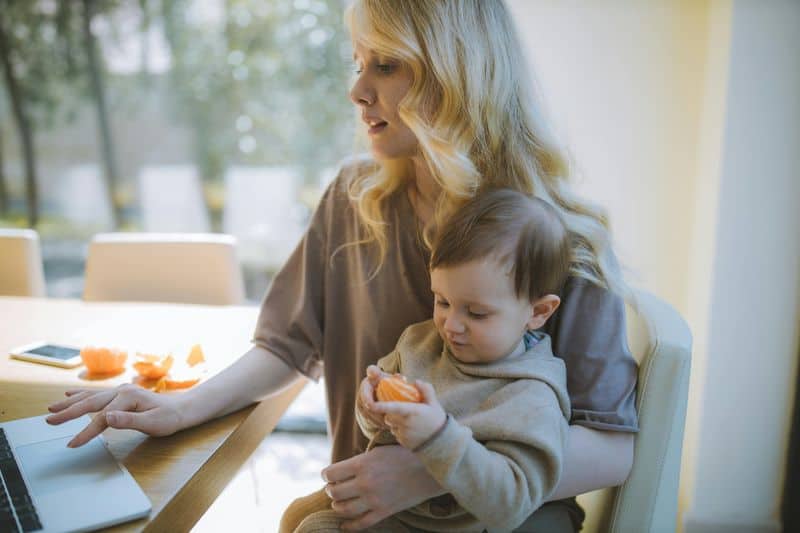Parenting after a split isn’t always a walk in the park, but it doesn’t have to be a wild jungle trek either! When parents work together despite their differences, kids thrive in amazing ways.
Good co-parenting means putting aside personal feelings to create a stable, loving environment where children feel secure and valued by both parents.
1. The Calendar Conspiracy
Shared calendars are the secret weapon of successful co-parents! Instead of playing telephone with your eight-year-old about soccer practice times, put everything in a digital calendar both parents can access.
Kids benefit tremendously when they don’t have to be the messenger between households. They can relax knowing both parents are in the loop about school events, doctor appointments, and birthday parties.
Pro tip: Include little notes in calendar entries like “Bring dinosaur costume” or “Needs permission slip signed.” Your ex might still drive you nuts, but your kid will be thrilled when both parents show up prepared for the science fair!
2. The Handoff High-Five
Make transition times between homes positive! Create a quick, fun ritual when kids move between households. Maybe it’s a special handshake, silly dance, or just a genuine high-five between all parties.
Children often feel anxious during transitions. When they see parents being cordial or even friendly during handoffs, their stress levels plummet instantly. They don’t have to worry about tension or awkwardness.
One creative dad I know brings a joke to every pickup to share with his ex and their daughter. Their daughter now looks forward to transitions instead of dreading them—she can’t wait to hear the latest corny joke!
3. The Complaint-Free Zone
Little pitchers have big ears! Create a sacred rule: no negative talk about the other parent within earshot of your kids. Not even an eye roll or sarcastic comment about that questionable haircut they gave your child.
When children don’t hear parents criticizing each other, they avoid the emotional tug-of-war of divided loyalties. They can love both parents freely without feeling like they’re betraying one by caring for the other.
Remember that time your toddler repeated that colorful phrase you said about your ex? Yeah, let’s avoid a sequel to that embarrassing episode by keeping adult feelings in adult-only conversations!
4. United Front Theater
Kids are natural-born negotiators who can spot parental division faster than candy at a birthday party. When approaching discipline and rules, present decisions as coming from both parents—even if you privately disagree.
“Mom and Dad both think 8:30 is a good bedtime” works wonders compared to “Well, at Dad’s house you can stay up later.” This united approach prevents manipulation and provides security through consistency.
One family I know has a weekly “parent huddle” phone call after the kids are asleep to align on upcoming decisions. Their children stopped trying to play them against each other once they realized the parents were comparing notes!
5. The Double-Celebration Bonanza
Birthday parties, graduations, and achievements deserve double the celebration! When possible, create opportunities for both parents to celebrate important milestones, either together or separately.
Nothing makes a child feel more special than seeing both parents cheering them on at their soccer game or piano recital. Their sense of importance and self-worth skyrockets when they don’t have to choose which parent gets to witness their big moments.
A family I know alternates hosting birthday parties but always invites the other parent. Their daughter once said, “I have the best birthdays because I get TWO parties with ALL my favorite people!” Talk about turning a potentially sad situation into a win!
6. The Boredom Box Exchange
Create a special box that travels between homes containing small treasures, projects, or comfort items. This provides continuity for kids who sometimes feel like they live in two separate worlds.
A traveling journal where parents and kids write notes to each other can be especially meaningful. Children feel connected to the absent parent and know they’re being thought about even when apart.
My favorite example was a family who started a LEGO project that moved between houses. The spaceship they were building together became a symbol of their still-connected family, just in a different configuration—much like those LEGO pieces!
7. The Empathy Emergency Kit
Sometimes kids just miss their other parent, and that’s perfectly normal! Create an “Empathy Emergency Kit” with photos, recorded messages, or items that remind them of their other parent when emotions hit hard.
Acknowledging your child’s feelings without making them feel guilty for missing their other parent builds emotional intelligence. They learn it’s okay to love and miss people, and that their feelings matter to you.
One clever mom recorded her ex-husband reading bedtime stories so their daughter could listen when she missed dad at bedtime. The daughter later said this simple gesture helped her feel connected to both parents even when they couldn’t be together.
8. The Technology Truce
FaceTime, Zoom, and text messages aren’t just for pandemic schooling—they’re co-parenting superpowers! Establish regular virtual check-ins between your child and their other parent, regardless of whose “time” it is.
Children benefit from ongoing connections with both parents, even during longer separations. A quick goodnight call or virtual homework help session maintains important bonds without disrupting the parenting schedule.
A divorced dad I know virtually attends his daughter’s bedtime three nights a week when she’s at mom’s house. They read together for 10 minutes over video chat, and both parents report better sleep and happier mornings as a result!
9. The Parental Praise Parade
“Your dad is so good at building things!” or “Your mom is an amazing cook!” Highlight the other parent’s strengths and contributions regularly to your children. This isn’t about faking harmony—it’s about acknowledging positive truths.
When children hear one parent praising another, they integrate both parents’ positive qualities into their own self-image. They’re free to admire and emulate both parents without conflict.
One mother made a habit of pointing out physical features her children shared with their father: “You have your dad’s artistic talent!” The children developed strong self-esteem and maintained close relationships with both parents through adolescence.
10. The Flexible Flexibility Plan
Rigidity is the enemy of happy co-parenting! Sometimes work schedules change, opportunities arise, or kids just need extra time with one parent. Being reasonably flexible with the parenting schedule shows kids that their needs come first.
Children who see parents accommodating each other’s reasonable requests learn valuable lessons about compromise and cooperation. They develop security knowing both parents prioritize their well-being over strict adherence to schedules.
A family I counseled created a “flexibility bank”—when one parent needed a schedule change, they “deposited” the favor, which the other parent could “withdraw” later. Their cooperative attitude completely transformed their co-parenting relationship!











